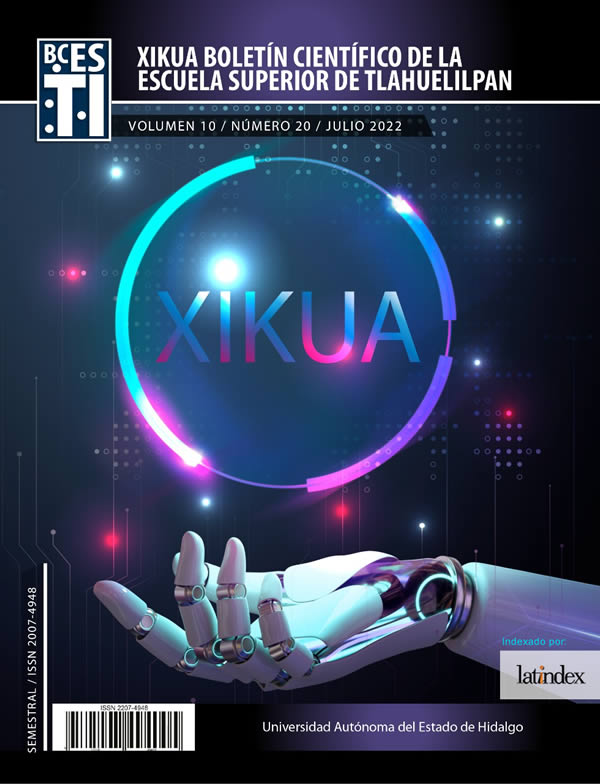Automotive waste management in the Municipality of Tepeji del Río de Ocampo, Hidalgo (workshops located in the “El Salto” neighborhood)
Abstract
In the maintenance of automotive vehicles, various types of waste are generated, in automotive micro-workshops in the municipality of Tepeji del Río de Ocampo, Hidalgo, the key to this type of waste is to be focused on the life cycle of products, collaborations and environmental design; as well as services and information for consumers. One of the recommendations to diagnose the current situation of waste is to minimize environmental impacts, involving generators of hazardous waste, users of workshops; as well as the suppliers of inputs and the corresponding government entity.As complementary actions for the proper separation of waste, elements such as the development of a detailed market study should be incorporated; sensitize the population through awareness campaigns and supervision of the authorities in the management of hazardous waste generated by automotive workshops. Finally, the government, as a regulatory entity, has to find a way to help with this problem.
Downloads
References
Brown, H. (1998). La industria automotriz. España: Tecnos S.A., 15.
Cisneros, B. E. (2001). La Contaminación Ambiental en México. México: Limusa.
Economía, S. d. (2020). Industria Automotriz. Monografía. Boletín de Economía.
Edgar Italo Mendoza Haro, R. E. (2015). Reciclaje de aceites usados para transmisión de potencia en las industrias y talleres de servicio. Scielo, 23.
Federación, D. O. (2003). Ley General para la Prevención y Gestión Integral de los Residuos. Diario Oficial de la federación, 15.
hidalgo.gob.mx. (2011). “Programa Estatal para la Prevención y Gestión Integral de Prevención y Gestión Integral de Manejo Especial”. Programa Estatal, 138.
Ideam. (2016). Documento Metodológico de la Operación Estadística de Generadores De Residuos O Desechos Peligrosos. Instituto de Hidrología, Meteorología Y Estudios Ambientales, 101.
INEGI. (2000). XII Censo General de Población y Vivienda 2000. INEGI.
Jurídico, O. (2014). Orden jurídico. Reglamento De La Ley General para la prevención y gestión integral de los residuos, 30.
Medrano, J. A. (1999). Reestructuración productiva de la industria automotriz. www.scielo.org.mx, 35.
México, J. (2019). Ley General para la Prevención y Gestión Integral de los Residuos. Justia México, 19.
NOM-052-SEMARNAT. (2005). NORMA Oficial Mexicana. NOM-052-SEMARNAT, 18.
Normas Oficiales/1055/SEMARNA. (2005). Obtenido de Normas Oficiales/1055/SEMARNA: http://www.dof.gob.mx/normasOficiales/1055/SEMARNA/SEMARNA.htm.
Oficial, D. (2005). Secretaria del Medio Ambiente y Recursos Naturales. economia-noms, 32.
Peligrosos, L. d. (2013). La disposición de residuos peligrosos. redalyc.org, 22.
Recytrans. (2008). Clasificación de los residuos. https://www.recytrans.com /, 15.
SEGOB. (2007). NORMA Oficial Mexicana NOM-155-SEMARNAT-2007, Diario Oficial de la Federación, 6.
SEMARNAT. (2012). Informe de la Situación del Medio Ambiente en México. SEMARNAT, 382.
SEMARNAT. (2013). Residuos Peligrosos. Comprendió de Estadísticas Ambientales 2013, 1.
SEMARNAT. (2016). Bases para Legislar la Prevención y Gestión Integral de Residuos, México. SEMARNAT, 46.
SEMARNAT. (2018). Comprendió de Estadísticas Ambientales. SEMARNAT, 21.









